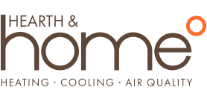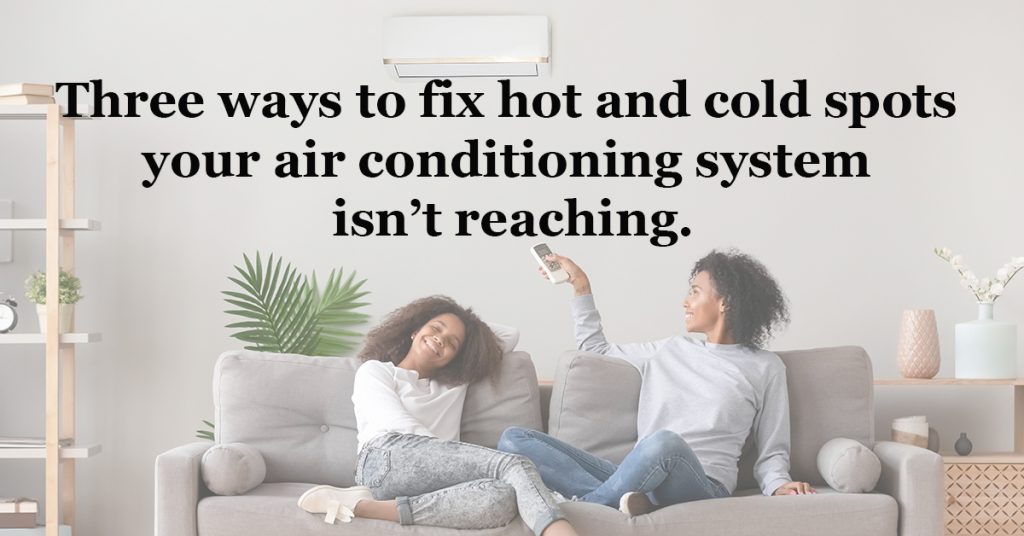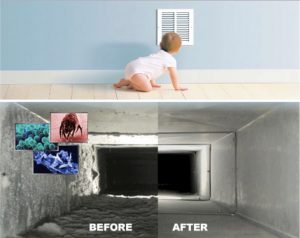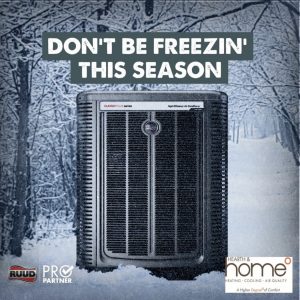We would like to talk to you for a minute about one of the most important parts of your air conditioning unit. Your ductwork. One thing that can be overlooked is the air duct that conveys the cooling air from the air handler to other areas of your home.
We always ask if there are any hot or cold spots in the house to identify any problem areas. These can be addressed in several different ways. Three more common solutions HVAC technicians often suggest are as follows.
1. Where is the thermostat located?
Your thermostat should ideally be placed on an interior wall in the center of your home. If it is placed on a hot garage wall, for instance, the unit may run continuously because of the warmer temperature. Other areas that are less than ideal are in direct sunlight, under air vents, kitchen, hallways, or near windows and doors because they can negatively influence even temperature control.

2. Zoning
In the event that you have a space that just won’t stay cool zoning can be achieved by adding dampers to the duct work. Then sensors can be placed in a room so you can directly control the temperature in a single area. Just like you have separate lighting in each room controlled by a light switch you can individually control the temperature!

3. Ductless System
If you do not have enough space to add to the duct work you can have a ductless system installed. The unit hangs on the wall and just like with zoning you will be able to control the specific temperature in a room. This type of unit is energy efficient and extremely quiet and can solve many of your indoor cooling issues.

We hope you found this article helpful. We would also love for you to subscribe below to get updates on all of our future blogs designed to help homeowners in Brevard County, Florida!




